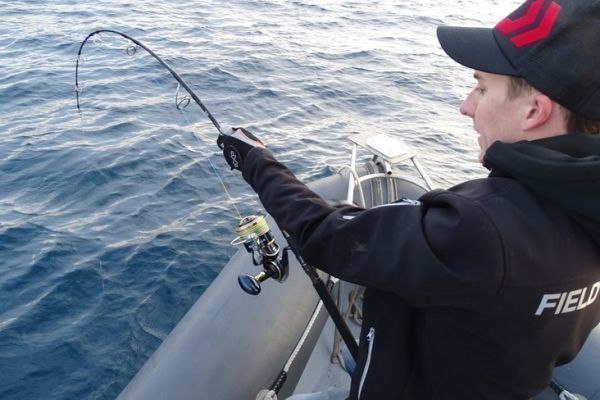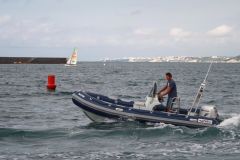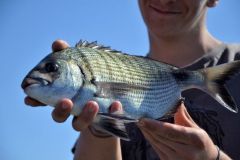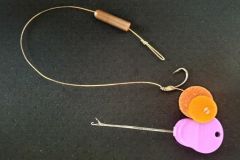Fast or rapid
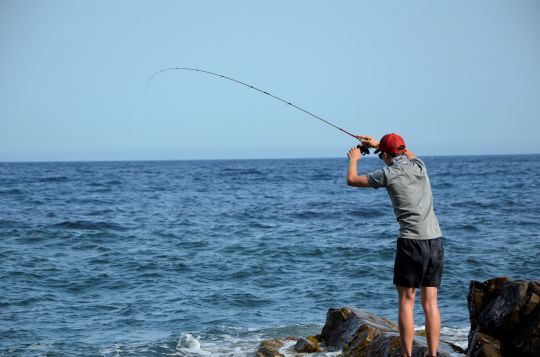
The fast action is the most popular among lure anglers, yet it's designed for certain types of lure in particular. The stiff tip of a fast action makes it easy to animate lures that require powerful jerks. They are used for stickbaits, jerkbaits and most other hard lures. The fast action has a tip that quickly returns to rod alignment (hence the name), allowing you to maintain a high animation rate.
Fish such as tassergal and wolffish, which are often fished with this type of lure, are the main targets of fast action. However, the major disadvantage of the fast action is that it doesn't dampen head strikes properly and therefore generates more stalls. This action is not recommended for beginners who don't know how to handle fights with this type of rod.
Regular or semi-parabolic
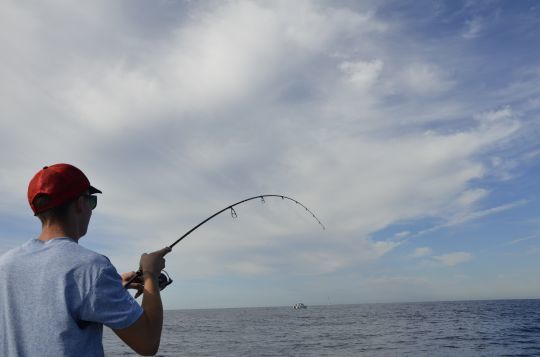
The regular, or semi-parabolic, action is a very interesting one for sea lure fishing. It is particularly useful for soft lure fishing, which is too imprecise when using a fast rod. The regular action is a good compromise between stiffness and suppleness, enabling beginners to better manage fights.
This type of action is often used when fishing for big fish such as tuna or yellowtail. It allows you to easily animate lures such as sinking stickbaits, casting jigs or lipless minnows. Semi-parabolic rods also provide enough nervousness to sink hooks on the strike, as well as enough progressiveness to keep the lure out of the mouth of a strong-jawed fish.
Slow or parabolic
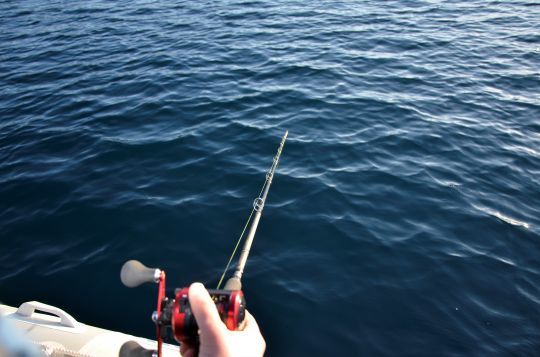
As the name suggests, the slow action is a very progressive rod action that allows for very wide animations. This type of action is frequently used for vertical fishing, especially slow jigging and bait fishing.
Some fish, especially sparids, fight by giving violent head strikes in an attempt to unhook themselves. The parabolic action greatly limits the risks and keeps the rod in action at all times, even when there's a momentary slack in the line. This action is not very well suited to spinning, as very few lures effective at sea require a parabolic rod.

 /
/ 